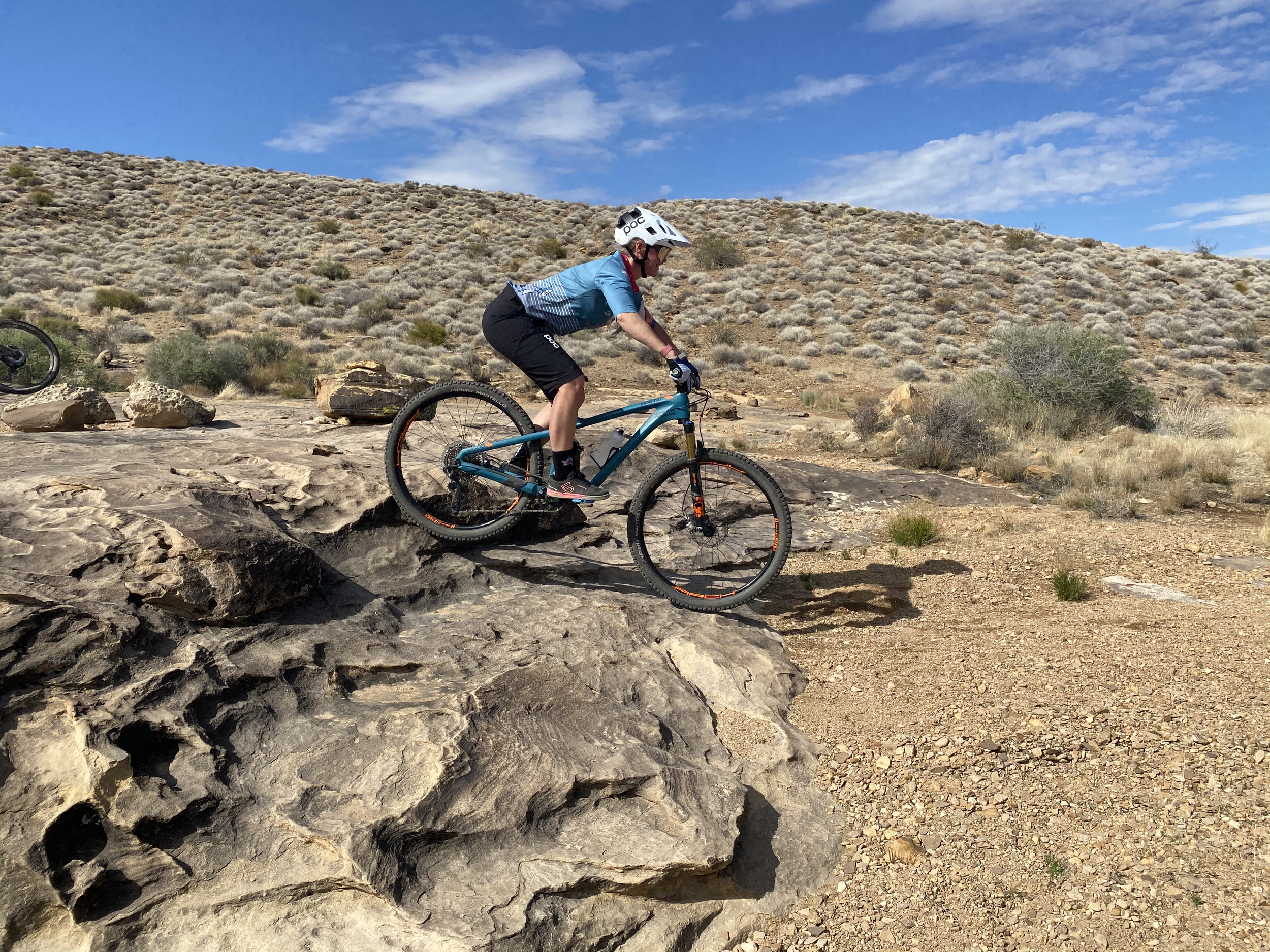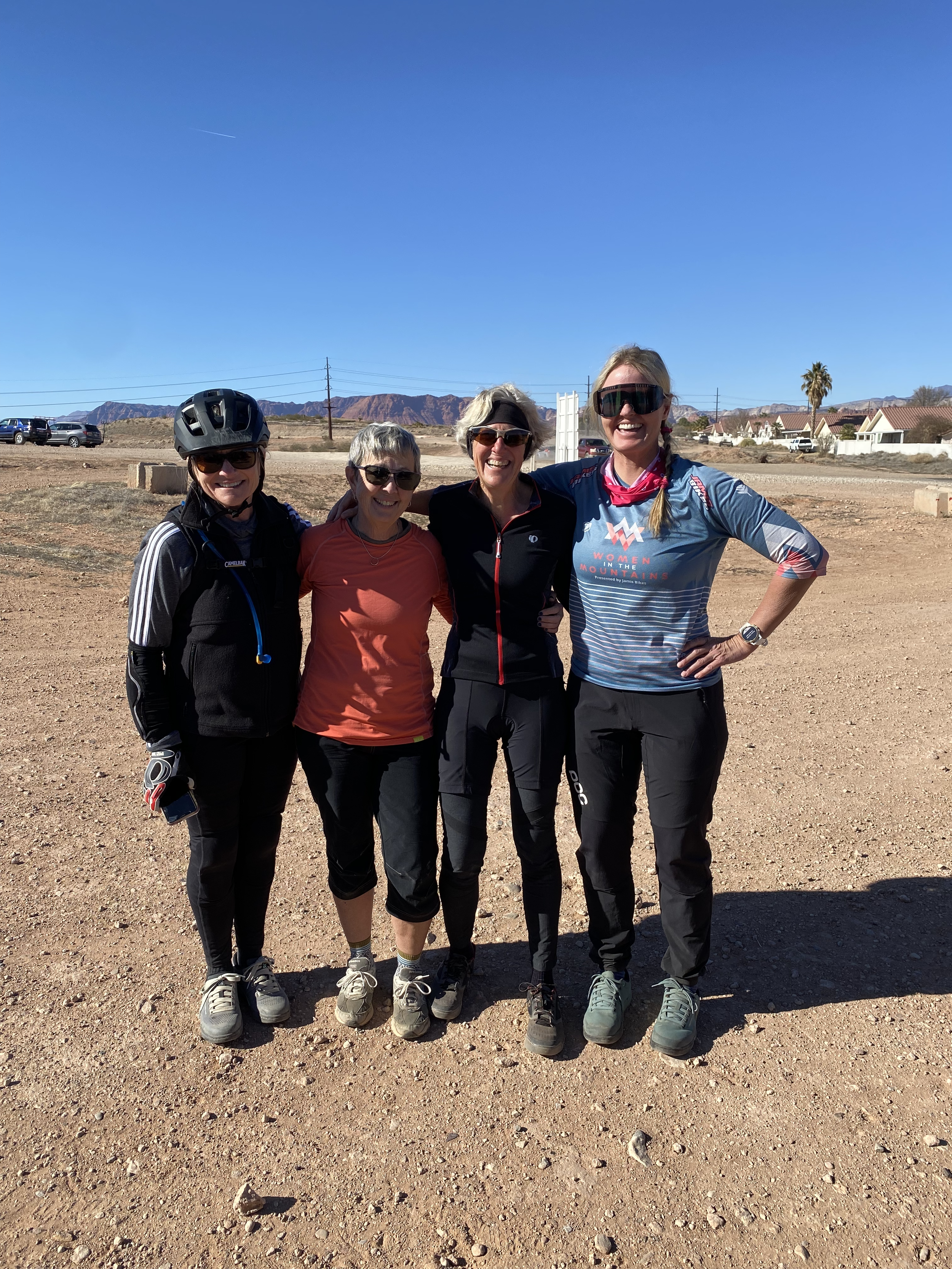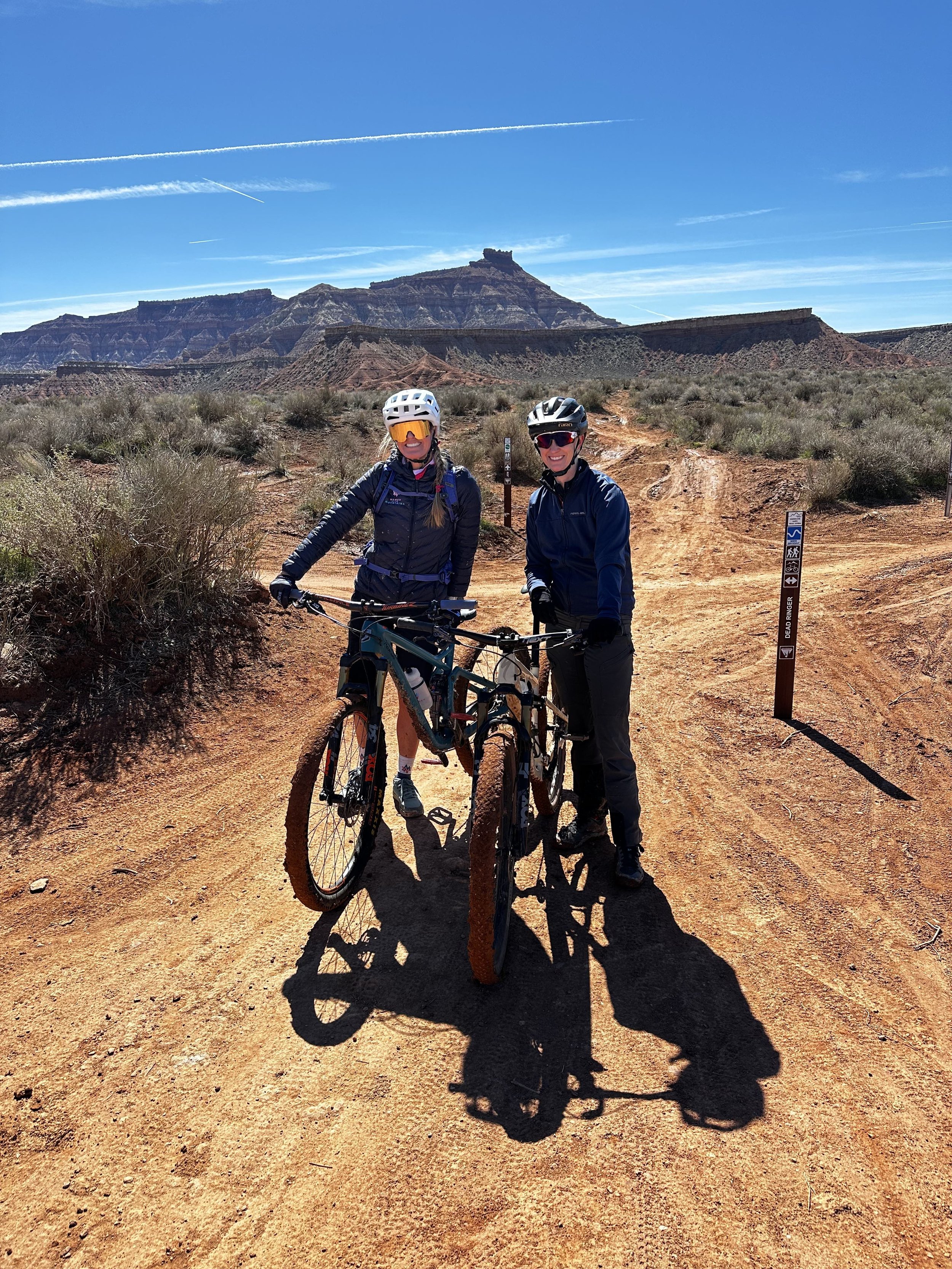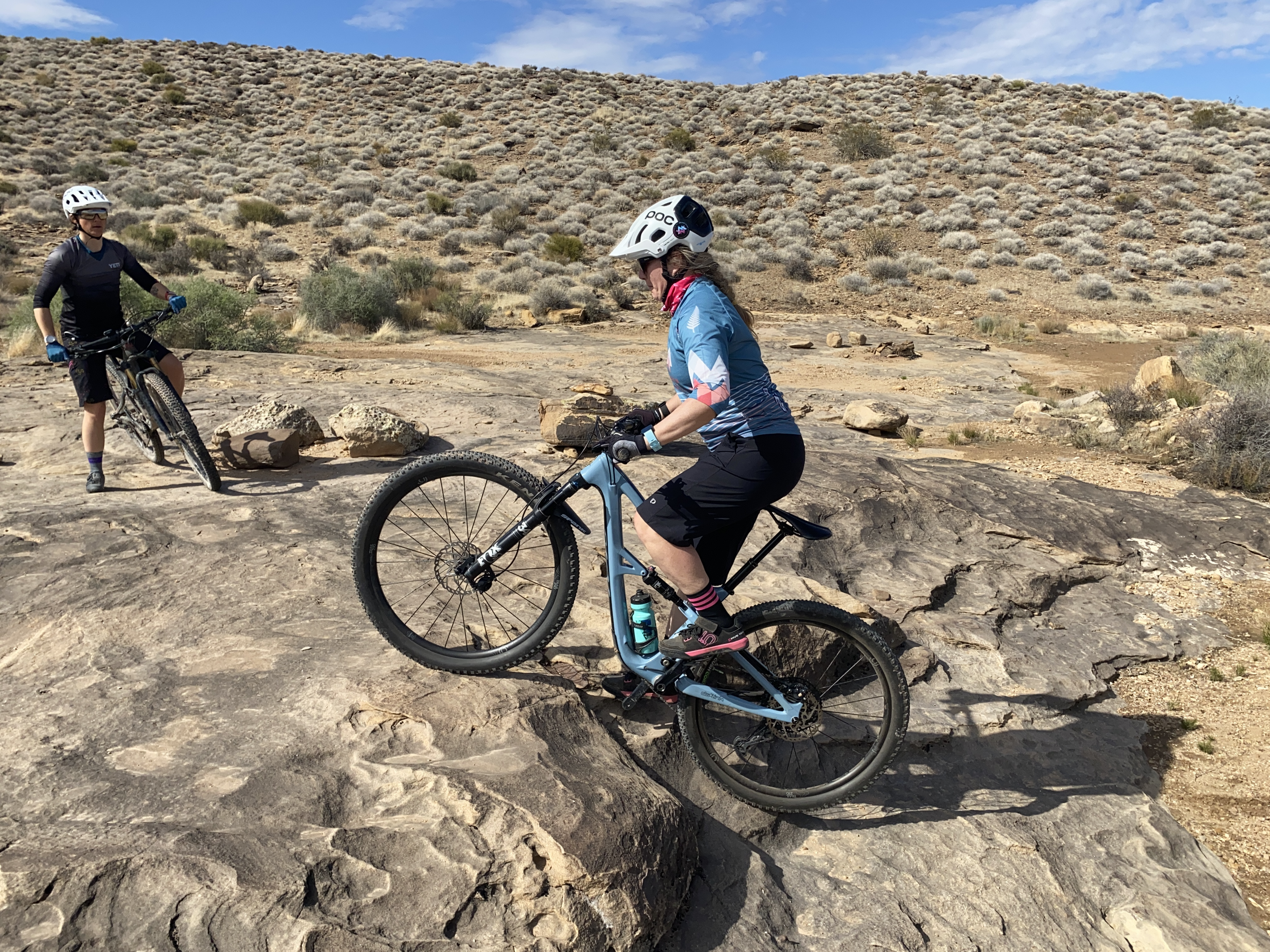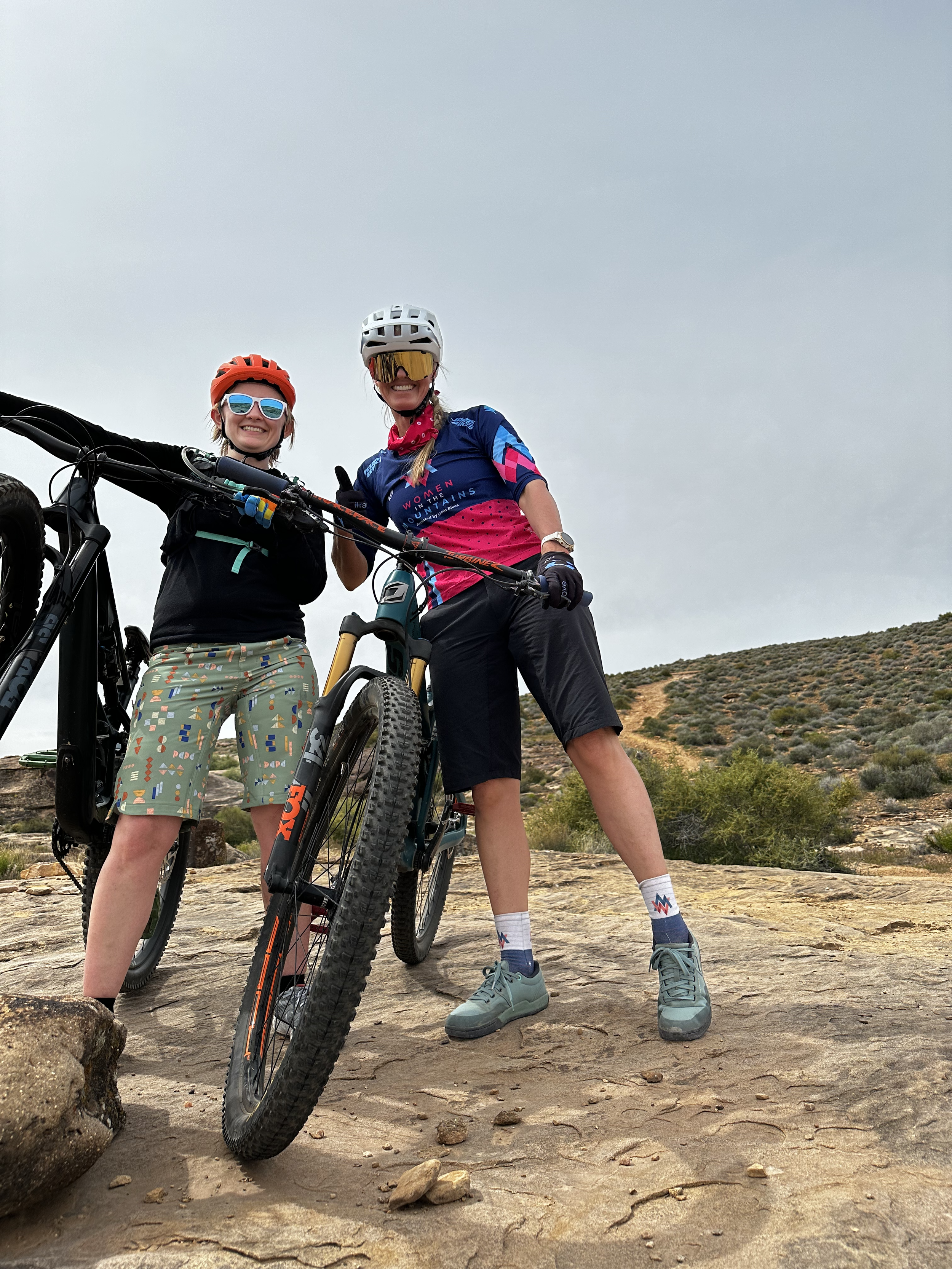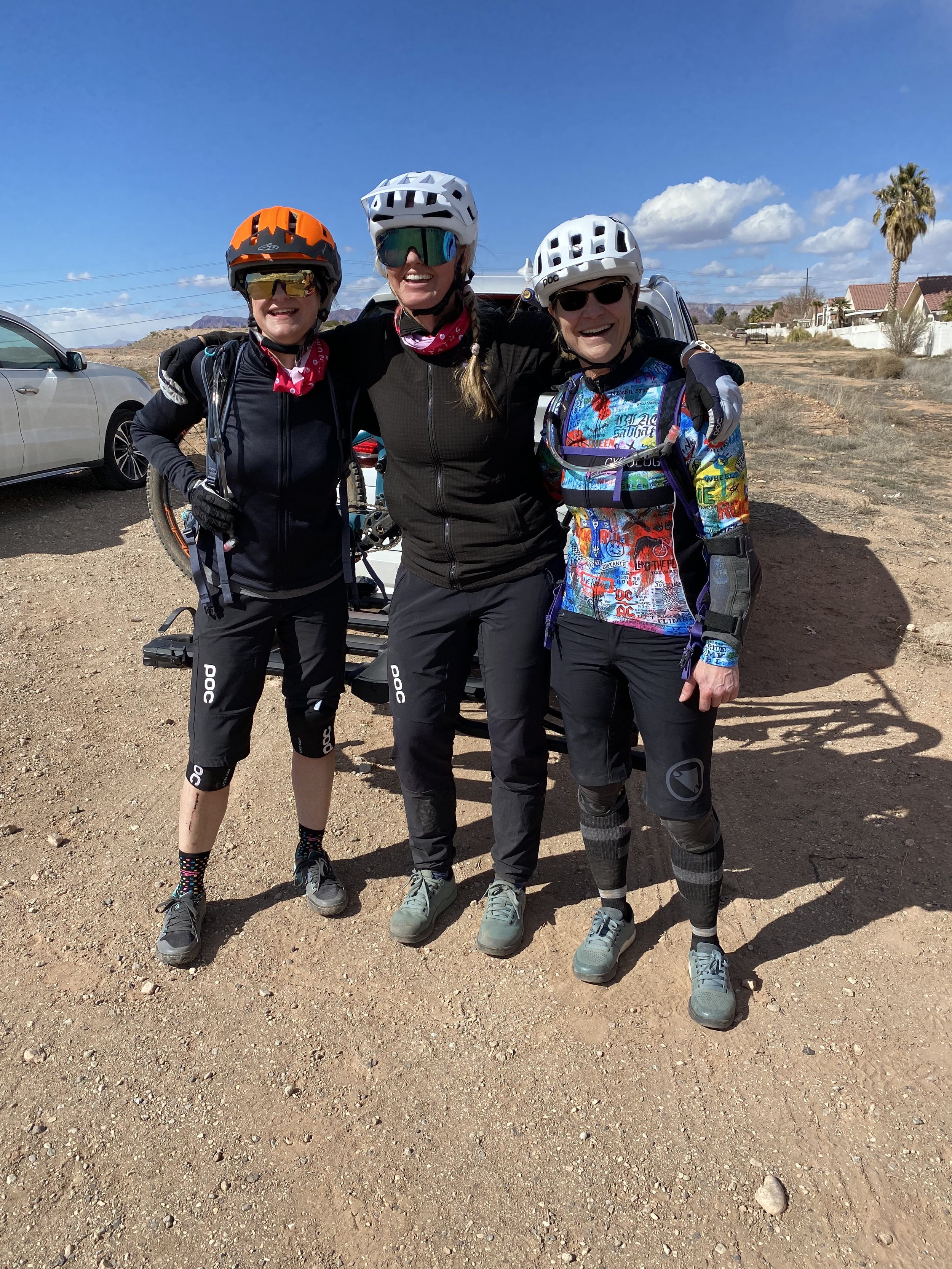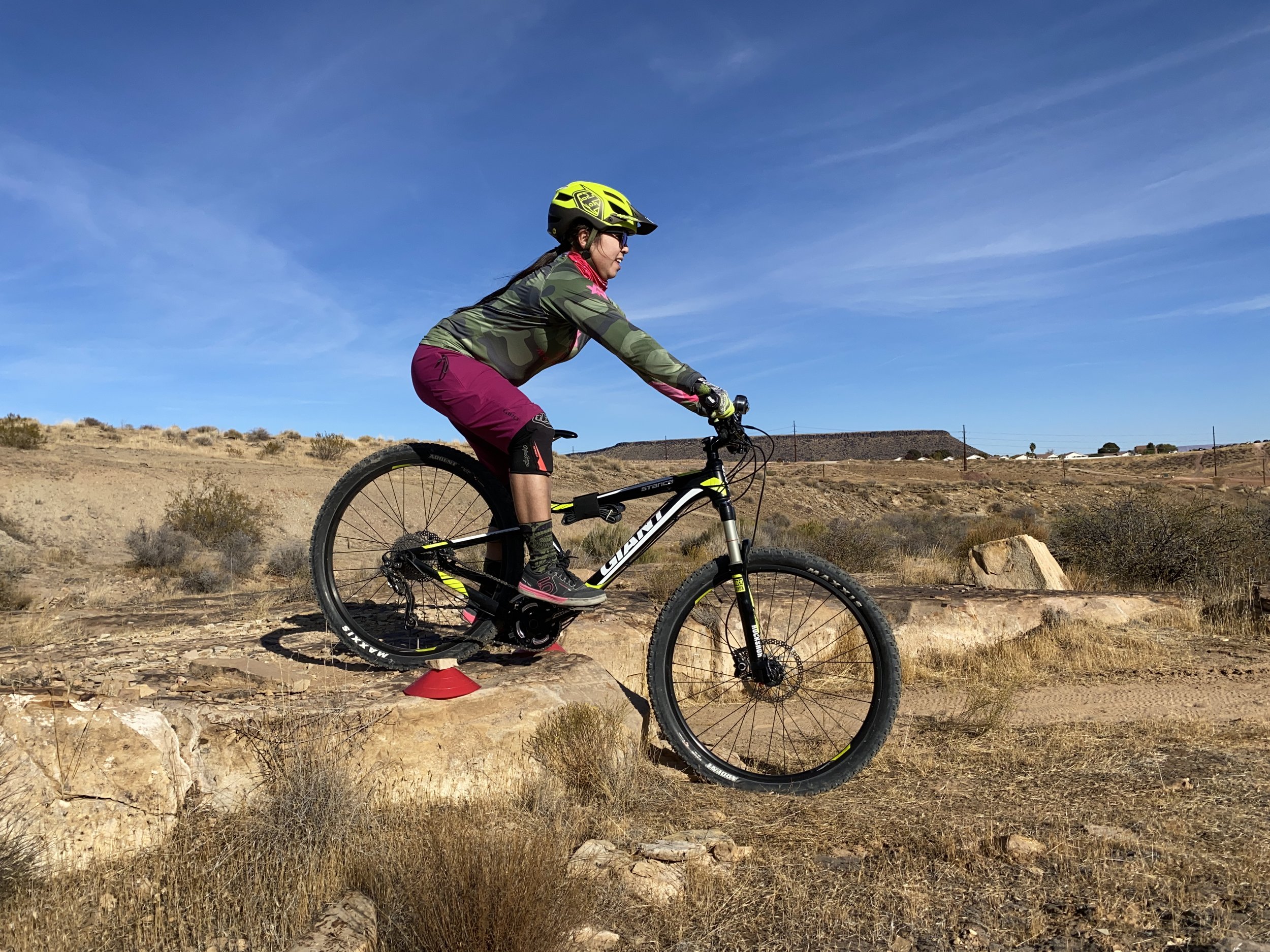I took a 500 foot fall last week down one of the “50 Classic Ski Descents” in North America: Sickle Couloir in the Sawtooths.
Was it the scariest 30 seconds of my life? YES
Will I ski again? YES
In the backcountry? YES
Even couloirs? YES
You'll find the full story of my near-death experience below. But I also wanted to address the question: Why continue pursuing mountain adventures after such a close call?
Over the past week, I've reflected on this, questioning why I will keep seeking out ridgelines, peaks, couloirs, and singletrack. The answer is simple: that's where I truly feel alive. No amount of caution from others will deter me. To me, that *is* living, even when it flirts with danger.
I was born in the mountains, have lived a full life there, and intend to continue playing in them. Will I be more cautious in couloirs? Perhaps I'll allow a bit more time, but I still plan to navigate those tight spots where only the tips and tails of my skis touch the snow. I plan to do more rappels on skis and ice axes. For me, that is living. It's what I'm here to do. That's when life sharpens into focus, and everything else fades away except the next step. That is what lights up my soul and fuels the purpose in my life.
Onto the story:
My friends and I ventured into the Sawtooths for a hut trip last week, we were stoked to ski new lines, make new friends and experience the backcountry from a hut. Melissa and I skinned into the the hut, dropped our big packs, then continued on to find the other group of skiers that had left a few days before us. We connected with them a few ridges over and were delighted that our timing was so perfect, even with very little cell service. Once we got to the base of the Sickle and transitioned, Melissa and Eric led the way, with Jack and me following. It took about 90 minutes of boot-packing to reach the ridge. At the tiny notch up top, we transitioned—adding layers and harnesses, removing crampons, and preparing to descend. Eric built an anchor to belay the first three of us down the initial 100 feet.
Melissa went first, side-stepping carefully until she had to untie from the rope, then continued down another 100 feet. I followed, on belay, feeling strong and confident. I hadn’t felt nervous all day. Once I reached the 100-foot mark, I untied as well. I reminded myself: Just keep making the same movement another 100 feet, then you can make a turn where Melissa did.
The fatigue from the one-sided motion set in hard—my back and one side of my body were burning. The couloir was so narrow that only the tips and tails of my skis were touching snow, with the centers flexing over thin air. Still, I wasn’t scared. Jack called down, “How is it?” I yelled back, “I’m not nervous, I’m just tired,” and I meant it.
As Jack began side-stepping above me, the snow he dislodged started hitting my back, shoulders, and helmet. That’s when I realized I’d probably done the same to Melissa. It was unnerving, but I tried to stay focused.
When I reached the spot I thought Melissa had turned, I told myself, Make the turn. Relieve your back. The first turn is always the hardest—don’t hesitate. I’ll admit: I rushed it. I was exhausted from the day and from the side-stepping, continuous snow pelting.
So I turned, but my ski got caught on (presumably) chunky snow.
Suddenly, I was falling—fast. My skis released, and I immediately thought: Self-arrest. Self-arrest. But I was already in a forward cartwheel, the ragdoll or “tomahawk.” I tried to dig in with my feet—useless. I was flying down the couloir, completely out of control. Even my beloved ice axe couldn’t help me while I was tumbling.
As I picked up speed, I realized the curve of the couloir—true to its name, “The Sickle”—meant I was headed straight toward rocks. That was when I truly got scared. Until then, I was in strategy mode. But now I was helpless. I thought, This is it. This is how I go. This is so dumb. I’m not going to see my family again. Then I began to slow. I was on my back, upside down, sliding headfirst. Snow was covering my face. I gasped, but got a mouth full of snow. I’m not going to die from hitting rocks—I’m going to suffocate, I thought.
Then I stopped.
I flipped over, sat up, wiped the snow from my eyes and mouth, and looked around. I was alive. Miraculously, incredibly, alive. Next realization: nothing was seriously injured. I had lost my skis, a pole, and sunglasses—but I had my ice axe and one pole. And I had to move—fast—out of the fall line because Jack and Eric were still above, sending snow down. Melissa had seen the entire fall and directed me to a safe spot. We did a quick check. I was okay, but we’d need my gear to get back to the hut—about 8 miles away. The sun was getting low. We hoped Jack and Eric would retrieve my skis, but after 10 minutes with no sign of them, we decided to start climbing back up. I was shivering uncontrollably—not just from cold, but from the adrenaline and shock. I wasn’t crying, just overwhelmed with gratitude and disbelief. Eventually, Eric reached us with my skis. One pole was missing, but that was minor. If I had skis, I could get out. My sunglasses had continued sliding—somehow I was more worried about those. They’re my favorite glacier glasses from POC, and I knew the sun would be brutal on the way back. Thankfully, we found them on the way out of the couloir.
Jack had seen the first half of my fall and was badly shaken too. He thought I wasn’t going to make it. When he reached me, we took a selfie—he was just so relieved I was okay. With most of my gear back, Melissa and I began the ski back to the hut. Two hours until sunset. One pole. Total exhaustion. Melissa set the track and I followed, in survival mode. We were low on water and food and needed to get back before dark.
We arrived just as dusk fell. I stumbled in, peeled off my boots, put on dry clothes, drank electrolytes, and stared blankly at the hut wall, trying to process it all. Maggie and Carol had made dinner, and I sat down and ate, grateful for warmth, food, and life. Later, I shared the story with the group. I was sore everywhere—like I’d been in a car crash—but had no serious injuries. How is that possible? I believe the universe had my back. I shouldn’t have come out of that unscathed. I’m clearly meant to be here a while longer. I’m deeply thankful.
Huge thanks to Eric and Melissa for staying calm and focused, even in the intense moments.
What I learned:
• Go slower, even if you’re not nervous.
• Don’t rush a turn in high-consequence terrain.
•.Always zip up, layer up, and be prepared—mentally and physically for anything.



















